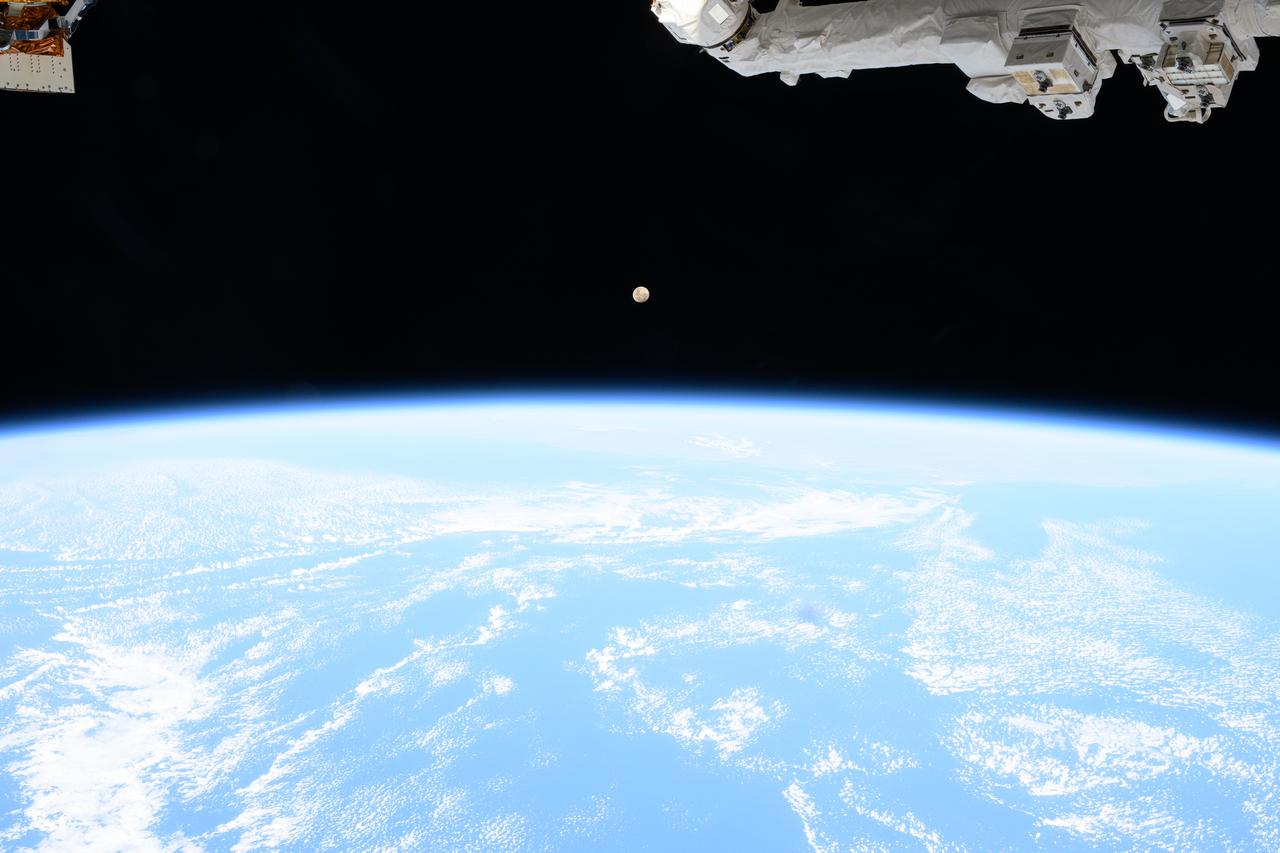—
NASA Seeks Feedback to Shape Future Human Presence in Low Earth Orbit
NASA, in collaboration with its partners, continues to push the boundaries of research aboard the International Space Station (ISS). Recently, the agency announced that it is seeking input from U.S. industry, academia, international partners, and other stakeholders on newly developed goals and objectives. These insights will help guide the next generation of human presence in low Earth orbit (LEO).
Pam Melroy, NASA Deputy Administrator, emphasized the importance of building on the agency’s longstanding human spaceflight programs. "From the very beginning, NASA’s flagship human spaceflight programs have built upon each other, expanding our knowledge and experience of humans living and working in space," she stated. "As commercial industry is constructing new human-enabled platforms for low Earth orbit, NASA must answer the question: what should our goals and objectives be to advance our future science and exploration missions?"
Draft Goals and Objectives
NASA published a draft outlining 42 key points across six main areas:
- Science: Advancing scientific knowledge through experiments and research conducted in microgravity.
- Exploration-Enabling Research and Technology Development: Developing technologies that will enable future space missions.
- Commercial Low Earth Orbit Infrastructure: Supporting the development of commercial platforms in LEO.
- Operations: Optimizing the operations and logistics of space missions.
- International Cooperation: Strengthening partnerships with international space agencies.
- Workforce and Engagement: Building a skilled workforce and engaging the public in space exploration.
Ken Bowersox, Associate Administrator for the Space Operations Mission Directorate at NASA Headquarters in Washington, highlighted the importance of feedback. "Feedback is essential for shaping our long-term microgravity research and development activities," he said. "We are committed to refining our objectives with input from both within NASA and external partners, ensuring alignment with industry and international goals. After reviewing feedback, we will finalize our strategy later this year."
Collaborative Workshops
To further discuss and refine these goals, NASA will conduct two invite-only workshops in September. The first workshop will involve international partners, while the second will engage U.S. industry and academic representatives. NASA employees are also invited to provide input through internal agency channels. This inclusive approach underscores NASA’s commitment to harnessing diverse perspectives as it navigates the rapidly evolving environment of low Earth orbit.
Robyn Gatens, International Space Station Director and Acting Director of Commercial Spaceflight at NASA Headquarters, remarked on the growing recognition of space’s transformative benefits. "Organizations are increasingly recognizing the transformative benefits of space, with both governments and commercial activities leveraging the International Space Station as a testbed," she said. "By developing a comprehensive strategy, NASA is looking to the next chapter of U.S. human space exploration to help shape the agency’s future in microgravity for the benefit of all."
How to Submit Feedback
Stakeholders are encouraged to submit their comments by the close of business on Friday, September 27. Feedback can be submitted through the dedicated website: https://www.leomicrogravitystrategy.org/.
Amber Jacobson from NASA Headquarters is available for further inquiries. She can be reached at 202-358-1600 or via email at amber.c.jacobson@nasa.gov.
Good to Know Information
Why Low Earth Orbit Matters
Low Earth orbit, situated approximately 200 to 2,000 kilometers above Earth’s surface, is a critical zone for space exploration. It hosts the ISS, a microgravity laboratory where researchers conduct groundbreaking experiments that are not possible on Earth. These experiments range from studying the effects of long-term spaceflight on the human body to developing new materials and medical treatments.
Commercial Opportunities in LEO
The commercial space industry is rapidly growing, with companies like SpaceX, Blue Origin, and Boeing developing new platforms and technologies for LEO. These commercial ventures aim to reduce the cost of access to space, making it feasible for more organizations to conduct research and develop new technologies in microgravity.
International Collaboration
Space exploration has always been a global endeavor. The ISS itself is a testament to international cooperation, involving space agencies from the United States, Russia, Europe, Japan, and Canada. By continuing to foster these partnerships, NASA aims to leverage global expertise and resources to achieve common goals.
Reactions and Reviews
The announcement has garnered positive reactions from various stakeholders. Industry experts appreciate NASA’s inclusive approach to shaping the future of human space exploration. Dr. Emily Thompson, a professor of aerospace engineering, commented, "NASA’s initiative to seek feedback from a broad range of stakeholders is commendable. It ensures that the diverse needs and perspectives of the space community are considered."
Similarly, commercial space companies have expressed their support. A spokesperson from SpaceX stated, "We are excited to contribute to NASA’s vision for the future of low Earth orbit. Our ongoing collaboration with NASA has already led to significant advancements, and we look forward to continuing this partnership."
Conclusion
NASA’s call for feedback on its new goals and objectives for human presence in low Earth orbit marks a significant step in shaping the future of space exploration. By involving a diverse range of stakeholders, the agency aims to develop a comprehensive strategy that addresses the needs of the scientific community, commercial industry, and international partners. This collaborative approach will ensure that the next generation of space missions is well-equipped to advance our knowledge and capabilities in space.
For those interested in contributing to this important discussion, be sure to submit your comments by September 27 through the LEO Microgravity Strategy website.
—
Amber Jacobson
Headquarters, Washington
202-358-1600
amber.c.jacobson@nasa.gov
For more Information, Refer to this article.

































